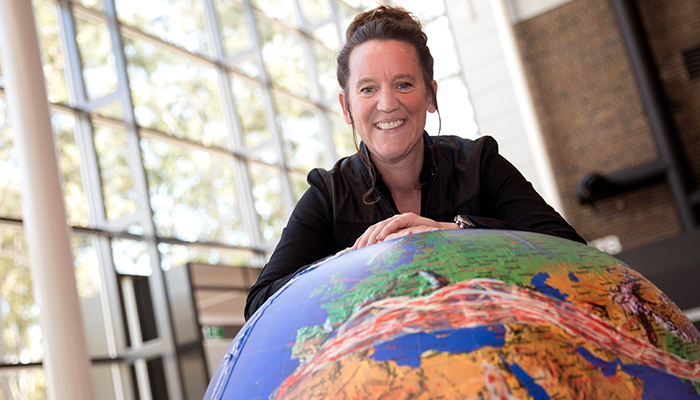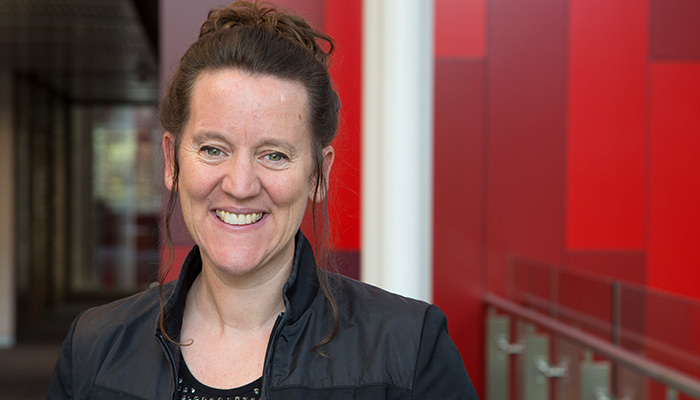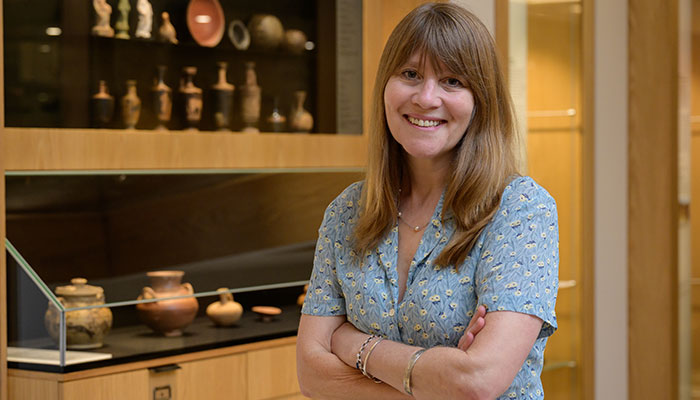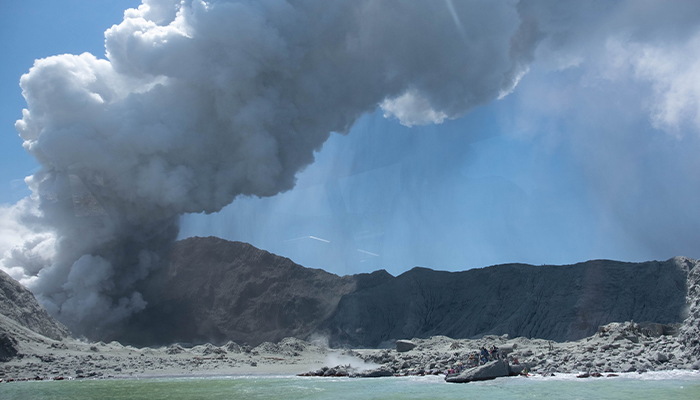Researchers led by Macquarie geochronologist Dr Kira Westaway have found evidence of a human presence in South East Asia dating back at least 63,000 years – an estimated 20,000 years earlier than previous finds could confirm.

Hiking for research: Dr Kira Westaway trekked through the jungles of Sumatra to carry out her study.
Her work builds on the discovery of ancient human teeth first brought to light by Dutch paleoanthropologist Eugene Dubois, who excavated the Lida Ajer cave in Indonesia’s Padang Highlands in the late 1880s.
Westaway tracked down the original dig site to establish the age of the teeth, using luminescence dating to identify when the surrounding material was last exposed to sunlight.
“Sometimes my life is like an Indiana Jones movie,” says Westaway.
The research involved Dr Westaway hiking through the jungles of Sumatra with a copy of a 120-year old map, searching for clues that matched the description of the cave from Dubois’ diaries.
We now realise that humans were living in rainforests in this area much earlier than we had thought
“We wanted to find the cave that Dubois had dug 120 years earlier so we could try to date the find he had made there,” she says.
The quest was made more difficult by conflicting stories from local guides who relayed 120 years of word-of-mouth reports about which cave was Lida Ajer.
After days of hiking around the area inspecting potential sites, Westaway knew immediately when they found the right cave.
“I walked into the front chamber straight into a calcite column exactly like the one drawn on Dubois’ plan. We went on through and found the fossil deposits at the rear of the cave just as he had done,” she says.
Dubois’ find was a significant one but it couldn’t feature in models of human dispersal because there was no certainty around its age, Westaway said.

Digging deep: Dr Westaway taking notes at the bottom of a deep excavation at Song Gupuh in Java, Indonesia.
Her speciality is geochronology – using geoscience techniques to find out the age of different fossils and sediments.
“That's what I love about dating, it’s such a game changer,” she said.
Establishing this event on the timeline of prehistoric humans helps us figure out a lot more about the migration routes of early humans out of Africa.
Evidence of modern humans in Australia now dates back about 65,000 years, but until now there’s been no direct evidence of human presence in South East Asia before 50,000 years ago.
Human arrival in Australia
This find helps fills in gaps around the arrival of humans onto the Australian continent.
“We now realise that humans were living in rainforests in this area much earlier than we had thought,” Dr Westaway said.
Sea levels would have been much lower then, she said, so evidence of even older habitation on the coastline could well be under water now.
- Unearthing museum fakes is critical for setting the historical record straight
- Big History gets even bigger, with help from Bill Gates
“We didn’t expect to find such early evidence so far inland, up in highland rainforests – which makes me think that this isn’t the oldest habitation site.”
Westaway was also part of the team which discovered the skeleton of a one-metre-tall female human-like species, Homo floresiensis, in 2003 on the Indonesian island of Flores.
She’s now working on a fascinating archaeological discovery of the remains of an ancient giant ape in China.
“There’s an enormous amount we can find out through modern archaeological techniques like luminescence dating and uranium series dating. It’s pretty much expected to use multiple different dating techniques now – and if they all agree, then we know we're in the right ballpark.”
Hear more from Dr Kira Westaway in her Pioneering Minds podcast and read more about her expertise here.



